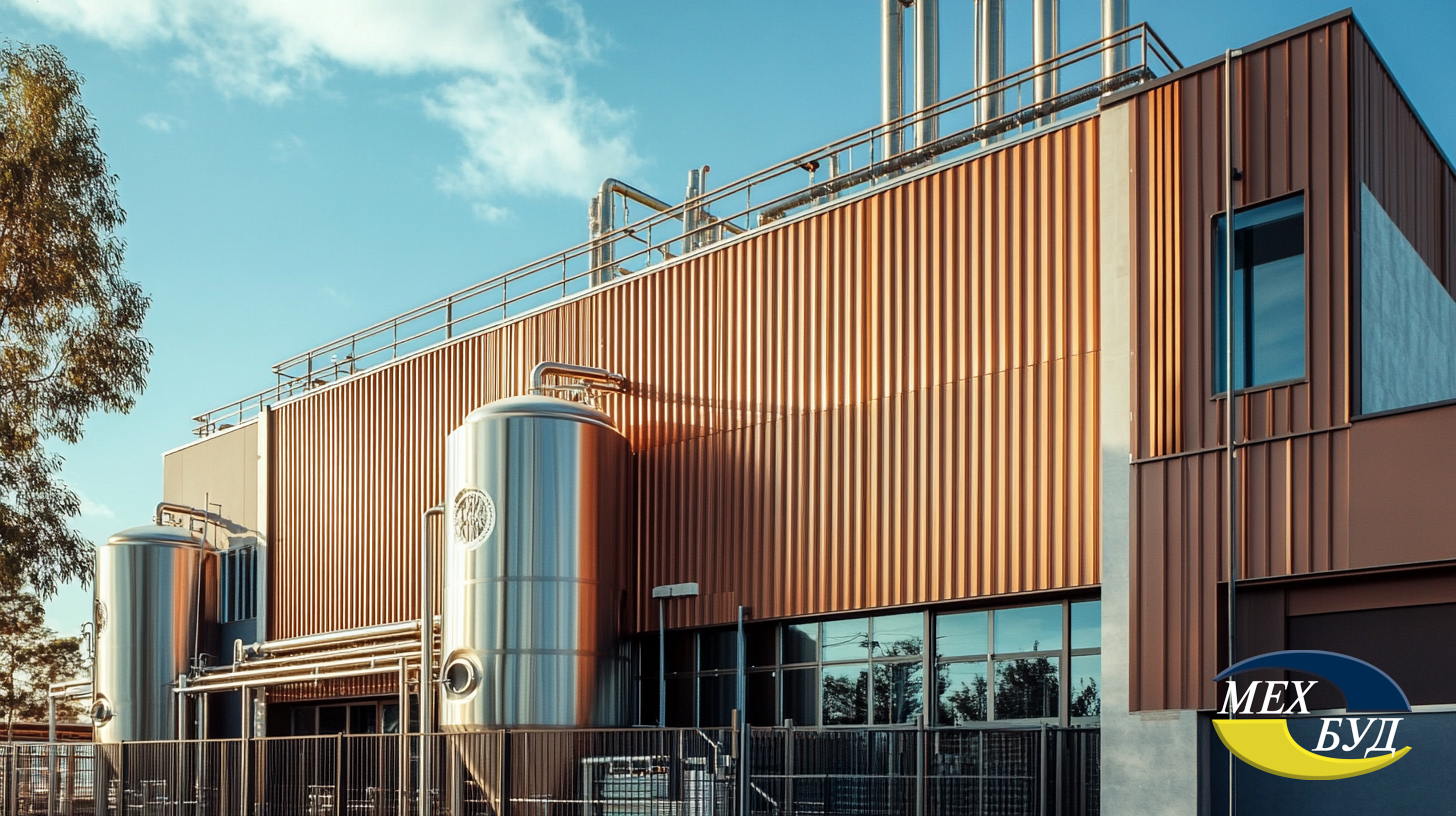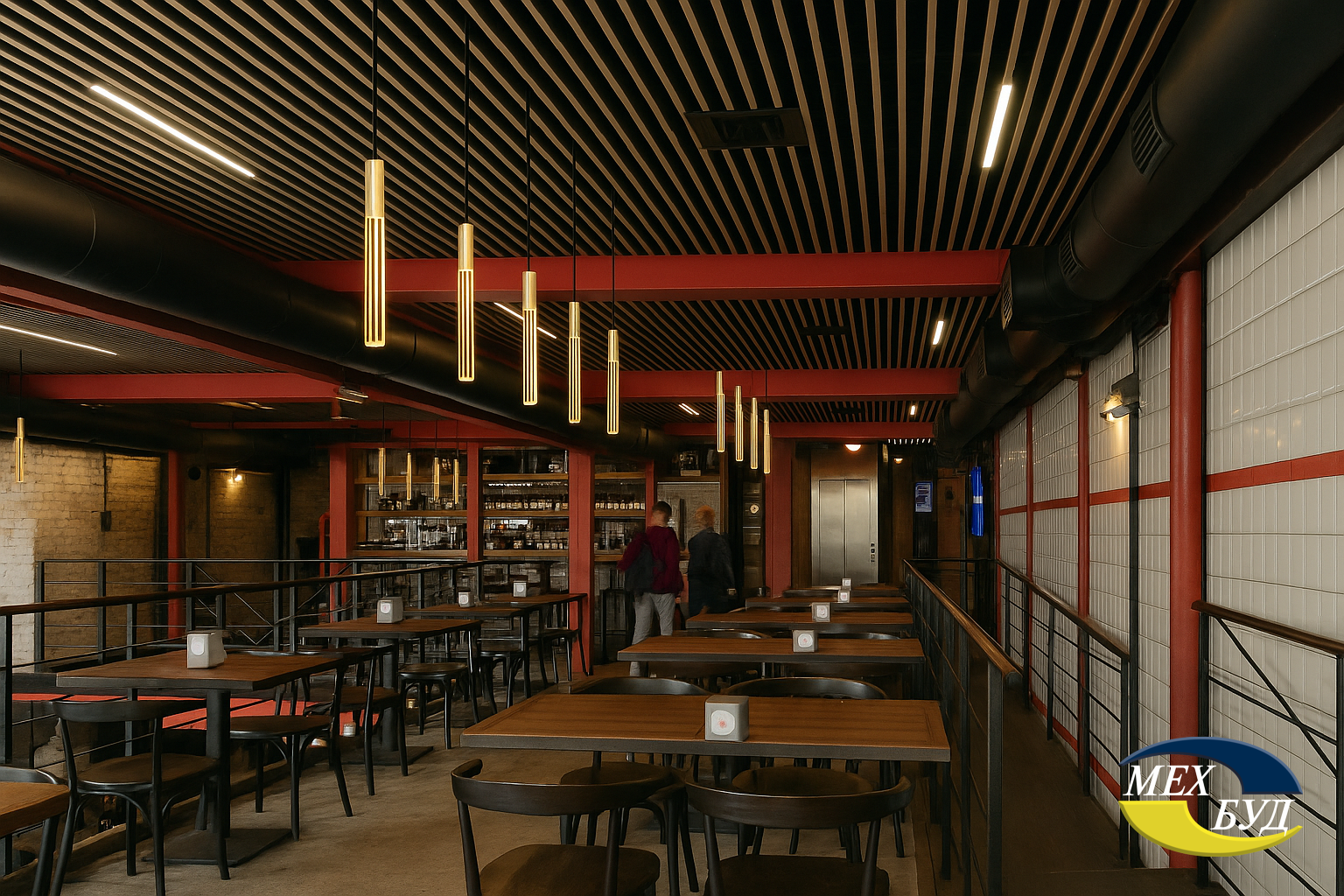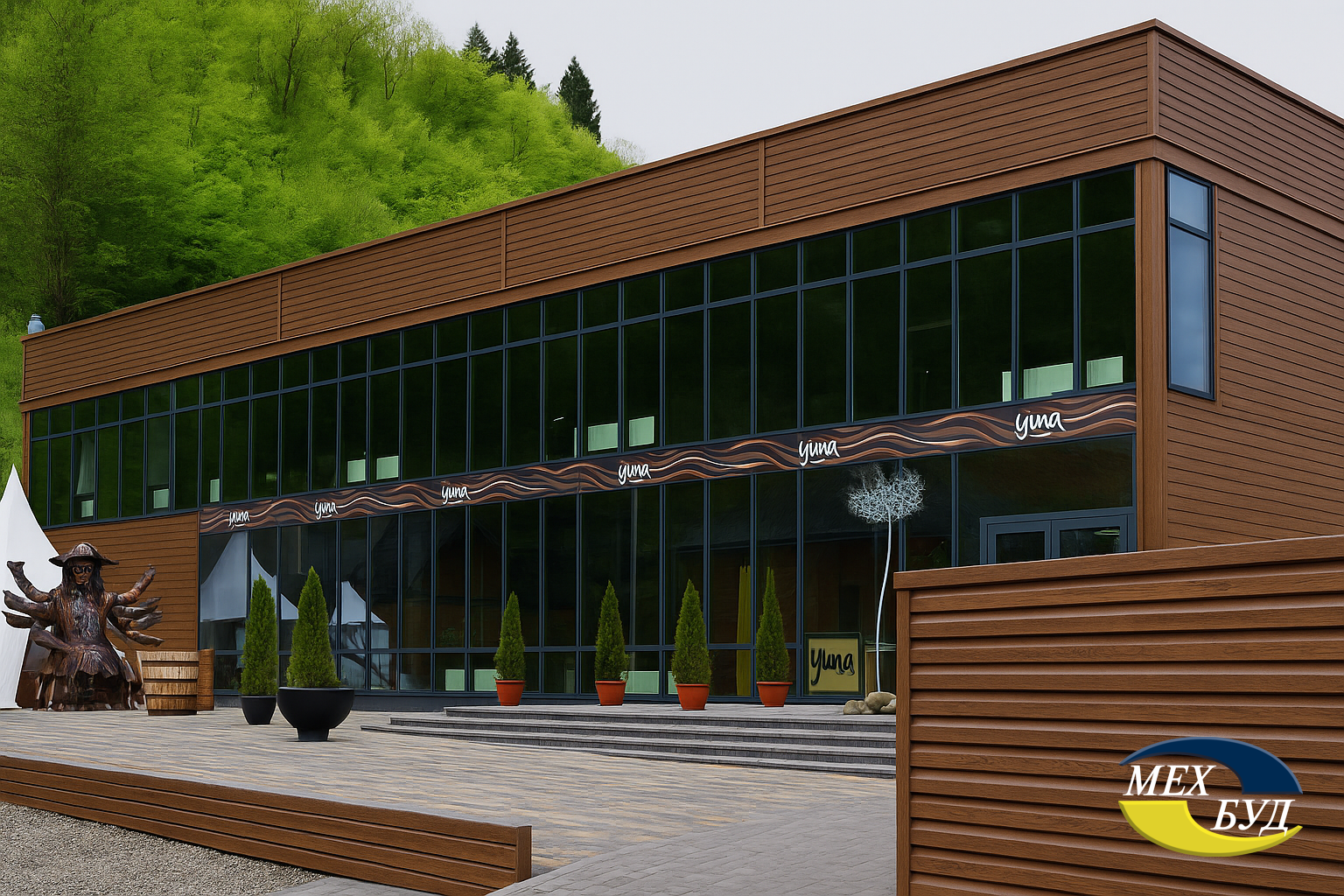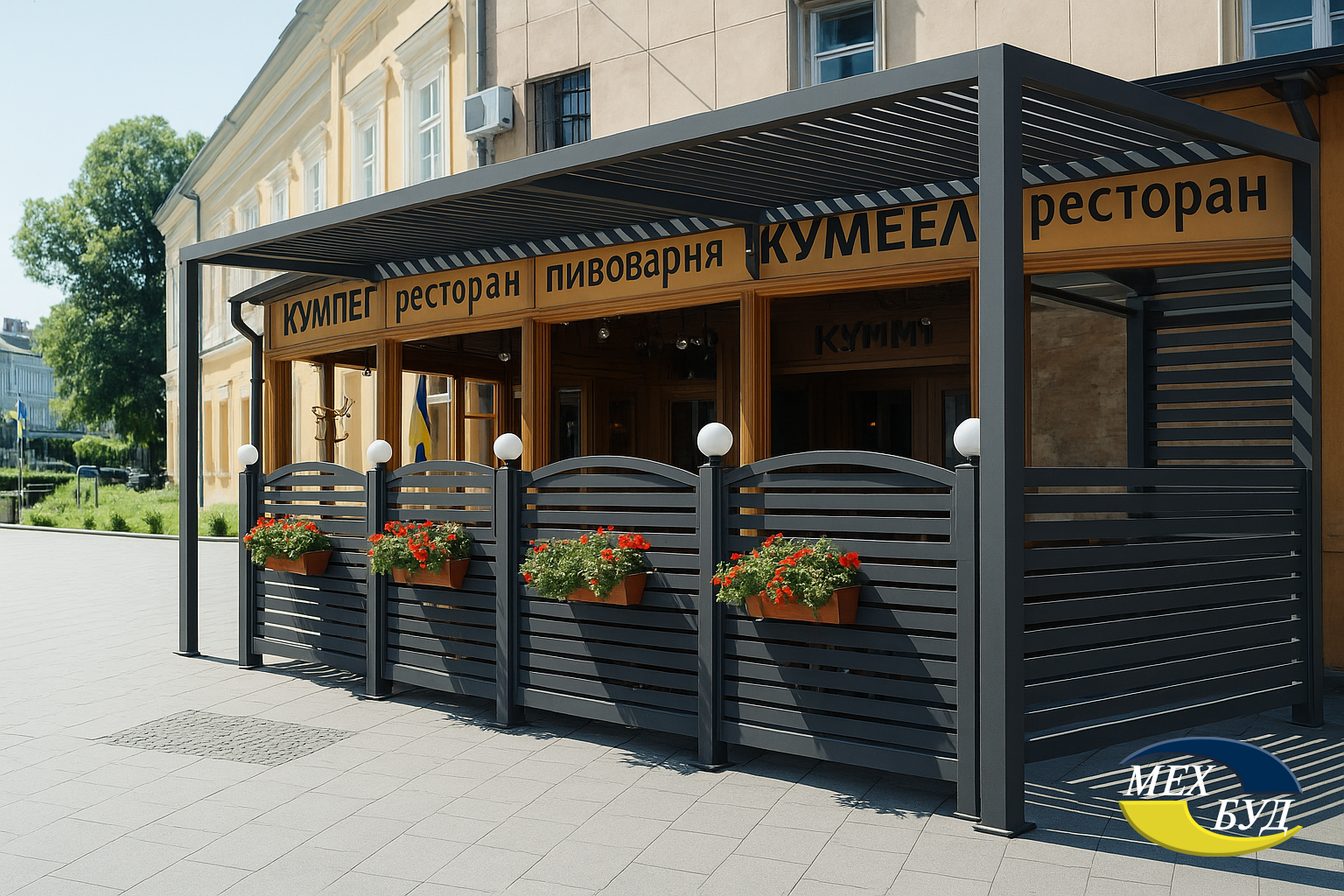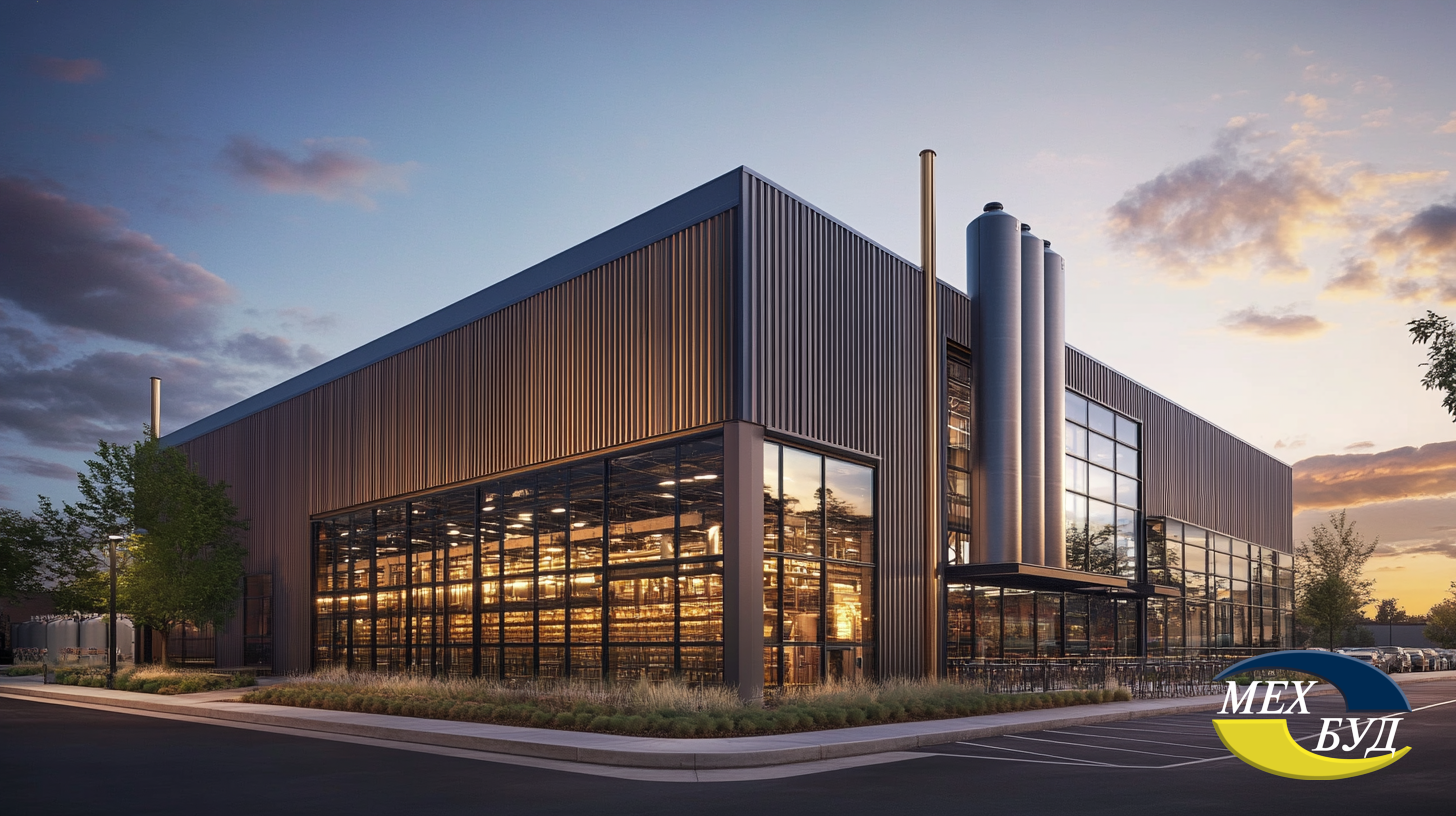A New Era of Industrial Architecture: How Ukrainian Breweries Become Cultural Hubs
Introduction: From Production to Experience
Modern Ukrainian breweries are transforming from utilitarian production facilities into multifunctional spaces that unite industry, gastronomy, culture, and community. Architecture and design become key tools for brand differentiation and creating unique customer experiences.
The market demonstrates steady growth: in 2024, industry revenue reached 46.3 billion UAH (+17.5% compared to 2023), production – 140 million decaliters (+4.8%). The craft segment is developing most dynamically (+19% in 2023), emphasizing brand identity and authenticity. Architecture becomes the physical embodiment of this value, enhancing prestige and creating community around the product.
Two Development Paths: Revitalization and New Construction
Revitalization – adaptation of historical industrial buildings, preserving authenticity and creating new scenarios of urban life. Examples include the restoration of Rikhert and Schulz factories, which are being transformed into cultural, public, and residential spaces.
New Construction – projects “from scratch,” integrated into natural or urban context. Example – “Tsypa” brewery in the Carpathians, where architecture is combined with local traditions. New facilities actively use parametric design and modern technologies.
Both strategies are oriented toward creating multifunctional, sustainable, and socially significant spaces.
Evaluation Criteria
- Conceptual Integrity – correspondence of architecture to brand philosophy.
- Innovation in Materials and Constructions – modern technologies and materials.
- Contextual Integration – harmony with surroundings.
- Spatial Organization and Visitor Experience – comfort, zoning logic, atmosphere.
- Contribution to Urban Landscape – significance of the object for community and territory.
This system allows evaluating not only aesthetics but also the depth of architectural concept and its impact on industry development.

